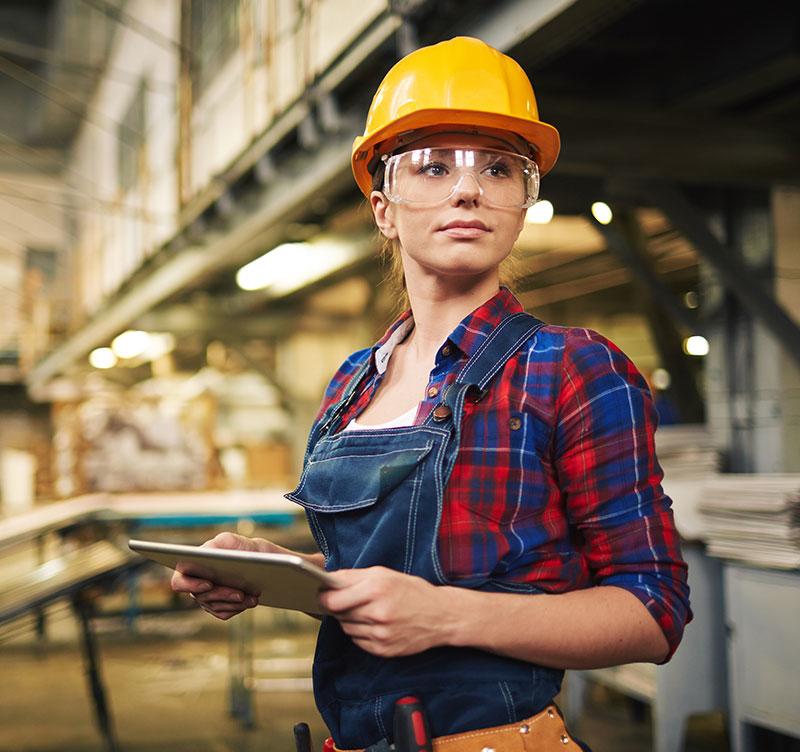What factors affect the price of laser cutting machines?
Factors Affecting the Price of Laser Cutting Machines
Laser cutting machines have gained immense popularity in various industries due to their precision and versatility. However, when considering the purchase of a laser cutting machine, understanding the factors that affect its price is crucial for making an informed decision. Several key factors, such as the machine’s power, brand reputation, technological features, material compatibility, and after-sales service, significantly influence the final cost. This article will delve into these factors and provide a deeper understanding of how they contribute to the price of a laser cutting machine.
1. Machine Power and Cutting Capacity
The power of a laser cutting machine plays a critical role in determining its price. Higher power laser cutting machines can cut through thicker materials at faster speeds and with greater precision. Machines with higher wattage generally command a higher price, as they offer more versatility and can handle a wide range of materials.
For instance, a laser cutting machine with a power range of 500W to 1500W is suitable for cutting thinner materials like acrylic and stainless steel. However, a machine with higher power, such as 3000W or more, is capable of cutting through thicker metal sheets and complex materials. The increased power, along with advanced cooling systems and components required for high-power machines, contributes to a rise in cost.
2. Brand Reputation and Manufacturer
The brand and reputation of the manufacturer can also significantly affect the price of a laser cutting machine. Established and reputable manufacturers invest heavily in research and development, ensuring that their products offer better performance, reliability, and longer service life. As a result, products from well-known brands tend to come at a premium price.
Moreover, reputable brands are often associated with high-quality customer service, including efficient after-sales support, warranty programs, and availability of spare parts. This added value justifies the higher cost, as customers are assured of reliable performance and prompt assistance in case of issues.
3. Laser Technology and Features
The type of laser technology used in the cutting machine and its additional features can influence its price significantly. There are primarily two types of lasers used in cutting machines: CO2 lasers and fiber lasers. Fiber laser machines, known for their efficiency and speed, are generally more expensive than CO2 lasers. Fiber lasers require advanced components, such as fiber optic cables and more sophisticated laser heads, which contribute to their higher cost.
In addition to laser type, other technological features, such as automatic focus adjustment, high-speed cutting capabilities, and integration with advanced software systems, can increase the machine’s cost. Machines equipped with automated material loading and unloading systems or advanced cooling techniques may also come with a higher price tag, as these features enhance productivity and reduce manual labor.
4. Material Compatibility
Laser cutting machines vary in their ability to process different types of materials, which directly affects their pricing. Machines capable of cutting a wider range of materials, including metals, plastics, ceramics, and composites, are typically more expensive than those designed for cutting only a few specific materials.
For example, a laser cutting machine designed for metal cutting, such as stainless steel, carbon steel, and aluminum, will generally cost more due to its higher power requirements and specialized components. Machines that can cut a variety of materials and offer flexibility in operations are typically priced higher, as they provide increased versatility for users with diverse cutting needs.
5. Size and Complexity of the Machine
The size and complexity of the laser cutting machine are other factors that influence its price. Larger machines with bigger cutting tables can handle more substantial pieces of material, making them more expensive than smaller, more compact machines. The complexity of the machine’s design also plays a significant role. A machine with advanced features, multiple axes of motion, and complex software integration will require higher manufacturing costs, thus raising the price.
Large-format machines that can cut industrial-sized materials are essential for large-scale manufacturing and require more advanced construction and technology. These factors result in a substantial increase in cost, which is reflected in the final price.
6. After-Sales Service and Warranty
After-sales service is an essential factor to consider when purchasing a laser cutting machine. A machine’s price may include not only the purchase cost but also the value of comprehensive after-sales support. Many manufacturers offer maintenance contracts, training services, and readily available spare parts as part of their package.
Warranty periods and service offerings vary, with some manufacturers providing extended warranties for critical components like the laser source and cutting head. Machines with longer and more inclusive warranties tend to have higher upfront costs, but they offer peace of mind to customers, ensuring that they are covered in case of equipment failure.
7. Market Demand and Economic Conditions
Lastly, the price of laser cutting machines can be influenced by market demand and broader economic conditions. In periods of high demand or when new technologies are introduced, prices may rise due to increased interest in advanced machines. Conversely, during economic downturns or when production costs drop, prices may decrease as manufacturers seek to remain competitive in the market.
Changes in the availability of raw materials, such as steel and electronic components, also affect the manufacturing cost of laser cutting machines. Fluctuating prices for these materials can influence the cost of the final product.
Conclusion
In conclusion, the price of a laser cutting machine is influenced by a variety of factors, ranging from technical specifications to market conditions. Understanding these factors allows customers to make informed decisions based on their cutting needs, budget, and long-term goals. Whether it’s the machine’s power, the brand’s reputation, or its technological features, each factor contributes to the overall cost of the laser cutting machine, ultimately helping businesses choose the right machine for their operations. By weighing these factors carefully, customers can invest in a machine that provides the best value and meets their specific requirements.


